![Calculus: Early Transcendentals [9th Edition] Calculus: Early Transcendentals [9th Edition]](https://www.rulit.me/data/programs/images/calculus-early-transcendentals-9th-edition_649539.jpg)
Аннотация
Reading a calculus textbook is different from reading a story or a news article. Don’t
be discouraged if you have to read a passage more than once in order to understand it.
You should have pencil and paper and calculator at hand to sketch a diagram or make a
calculation.
Some students start by trying their homework problems and read the text only if they
get stuck on an exercise. We suggest that a far better plan is to read and understand a
section of the text before attempting the exercises. In particular, you should look at the
definitions to see the exact meanings of the terms. And before you read each example,
we suggest that you cover up the solution and try solving the problem yourself.
Part of the aim of this course is to train you to think logically. Learn to write the
solutions of the exercises in a connected, step-by-step fashion with explanatory
sentences — not just a string of disconnected equations or formulas.
The answers to the odd-numbered exercises appear at the back of the book, in Appendix
H. Some exercises ask for a verbal explanation or interpretation or description. In
such cases there is no single correct way of expressing the answer, so don’t worry that
you haven’t found the definitive answer. In addition, there are often several different
forms in which to express a numerical or algebraic answer, so if your answer differs
from the given one, don’t immediately assume you’re wrong. For example, if the answer
given in the back of the book is s2 2 1 and you obtain 1y(1 1 s2 ), then you’re correct
and rationalizing the denominator will show that the answers are equivalent.
The icon ; indicates an exercise that definitely requires the use of either a graphing
calculator or a computer with graphing software to help you sketch the graph. But
that doesn’t mean that graphing devices can’t be used to check your work on the other
exercises as well. The symbol indicates that technological assistance beyond just
graphing is needed to complete the exercise. (See Technology in the Ninth Edition for
more details.)
You will also encounter the symbol , which warns you against committing an error.
This symbol is placed in the margin in situations where many students tend to make the
same mistake.
Homework Hints are available for many exercises. These hints can be found on
StewartCalculus.
com as well as in WebAssign. The homework hints ask you questions
that allow you to make progress toward a solution without actually giving you the
answer. If a particular hint doesn’t enable you to solve the problem, you can click to
reveal the next hint.
We recommend that you keep this book for reference purposes after you finish the
course. Because you will likely forget some of the specific details of calculus, the book
will serve as a useful reminder when you need to use calculus in subsequent courses.
And, because this book contains more material than can be covered in any one course, it
can also serve as a valuable resource for a working scientist or engineer.
Calculus is an exciting subject, justly considered to be one of the greatest achievements
of the human intellect. We hope you will discover that it is not only useful but
also intrinsically beautiful.
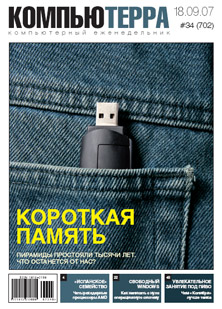
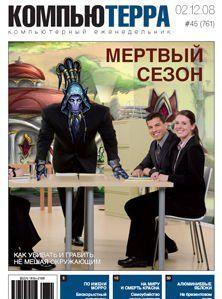

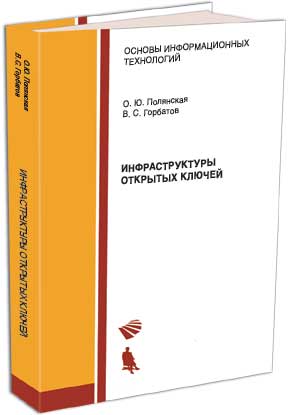
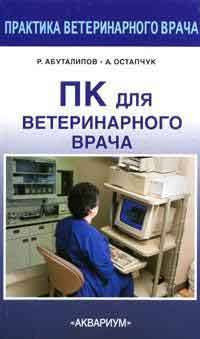
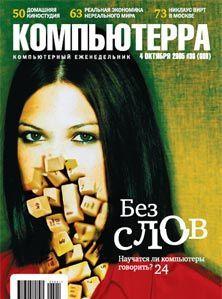
Комментарии к книге "Calculus: Early Transcendentals [9th Edition]"